Resolutely "do, no retreat"
Prime Minister's Directive 20 issued on July 12, 2024, requiring Hanoi to implement strong measures to reduce air pollution, is receiving great attention from public opinion.
In a swift move, the Hanoi People's Committee assigned departments and branches to develop a master plan to implement the policy of not allowing gasoline-powered motorbikes to enter Ring Road 1, in accordance with the directive's requirements.
Although there are still many conflicting opinions, the spirit of the directive will be implemented quickly and soon put into practice thanks to the determination of the Prime Minister and the Government to "discuss and act, not retreat" in recent times.
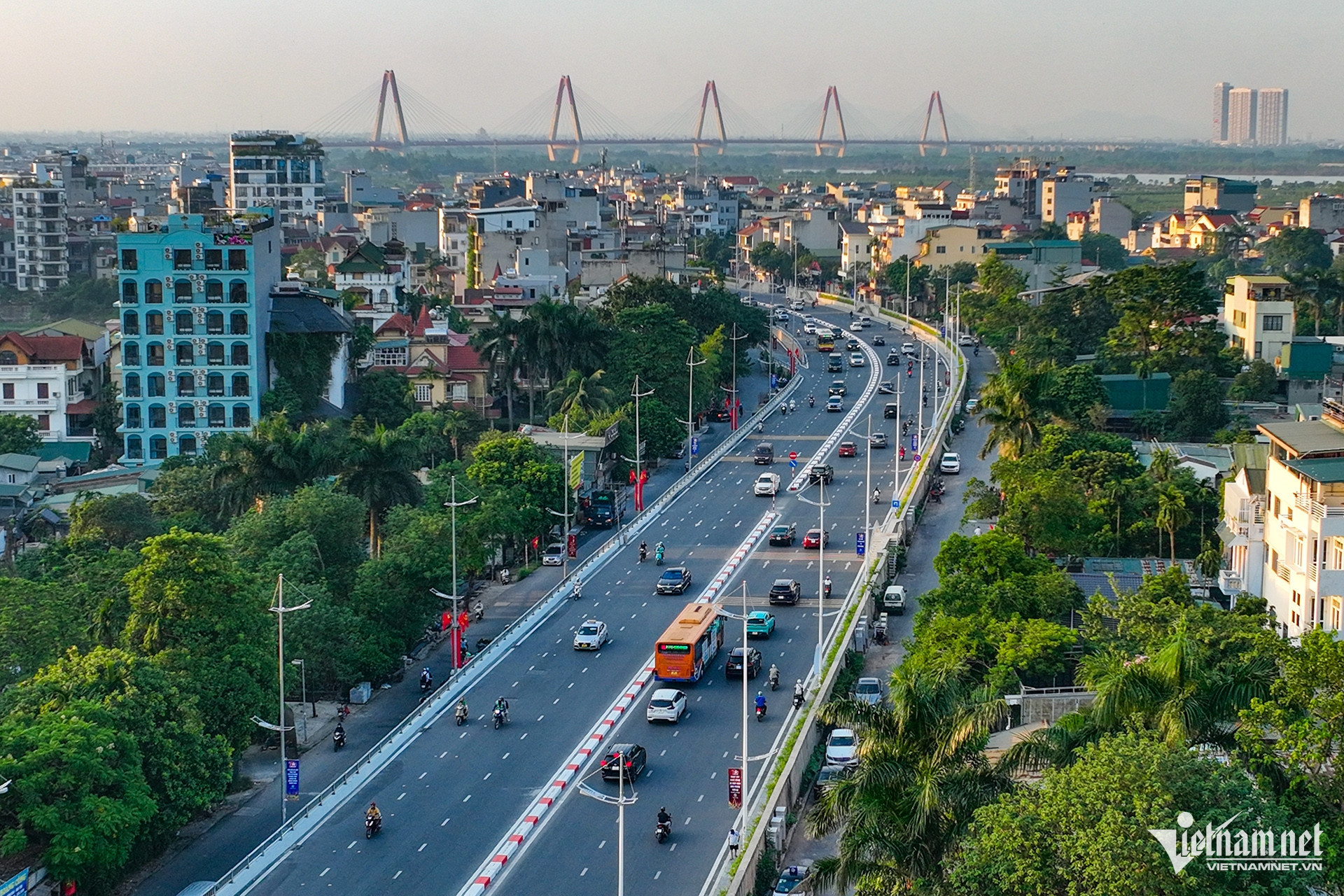
Hanoi needs to prioritize resources for public transport: increasing the number of clean buses, expanding the metro system, building interconnected transfer stations, and digitizing the ticket system. Photo: Hoang Ha
In fact, the Prime Minister's directive is similar to Resolution 04/2017/NQ-HDND issued in 2017. According to this Resolution, the Capital aims to prioritize the synchronous development of the public passenger transport system to ensure that the market share of the central urban area reaches 30% - 35% of total travel demand by 2020, about 50% - 55% by 2030; satellite cities reach 15% by 2020, about 40% by 2030.
Unfortunately, the actual implementation has not been really strong since then. After 8 years, Hanoi still only has about 2,000 buses, meeting 18% of travel demand, far below the target of 2020. The diesel bus system is old, and ticket sales are still "hand-tearing" manually.
Meanwhile, it took the city 13 years to complete the Cat Linh – Ha Dong Metro line, and the BRT system lacks connectivity. As a result, the majority of people still have to use motorbikes and private cars.
The city is congested and stuffy
It is sad that Hanoi has become one of the cities with the most serious traffic congestion and air pollution in the world . The city currently has more than 8 million vehicles, including 1.1 million cars and 6.9 million motorbikes, not to mention 1.2 million vehicles from other provinces that regularly circulate.
With a population of more than 8.4 million people, on average each person owns one personal vehicle – this figure shows terrible pressure on urban transport infrastructure.
It is estimated that many inner-city roads are carrying traffic density 6-8 times higher than designed, leading to daily traffic jams. The economic loss caused by traffic jams in Hanoi, according to VCCI estimates, is up to 1-1.2 billion USD per year, reducing labor productivity and increasing logistics costs for businesses.
Not only traffic jams, Hanoi also ranks first globally in PM2.5 fine dust pollution. A World Bank report shows that 40% of the capital's population is regularly exposed to fine dust concentrations nearly 5 times higher than WHO's recommendations, with an annual average index 1.1 to 2.2 times higher than the national standard. This is an alarming situation, directly affecting public health, especially children and the elderly.
Therefore, the Prime Minister's Directive aims to change the current traffic congestion and serious environmental pollution. Obviously, the Capital cannot develop healthily on that foundation.
Pollution, not just the fault of motorbikes
First of all, many people still emotionally believe that motorbikes are the "main culprit" causing air pollution in Hanoi, but the reality is much more complicated.
According to World Bank research, transportation contributes only about 25% of PM2.5 fine dust, while 35% comes from industry (power plants, craft villages, etc.), 20% from livestock, fertilizers, 10% from daily life (cooking with biomass), 7% from open burning of agricultural waste and the rest from uncontrolled waste burning.
In addition, according to scientists, meteorological factors such as winter temperature inversion, weak winds, urban heat island phenomenon... also make it difficult for air to diffuse, causing fine dust to accumulate and move from the suburbs to the center.
To put it simply, Hanoi rarely experiences storms due to its special terrain, which makes it difficult for air to diffuse like other provinces and cities. Ho Chi Minh City also has a high traffic density, but it does not suffer from the “most polluted air in the world” like the capital.
Thus, banning gasoline vehicles in Ring Road 1 may locally improve air quality, but will not solve the root cause of environmental pollution in the entire region without synchronously handling other emission sources.
This does not mean that we "backtrack", but rather need to discuss how to effectively implement the transition process, minimizing negative impacts on people's lives, business operations and the city's economy.
Vietnam will have up to 16 million electric two-wheelers by 2035
According to the World Bank, the transition to electric vehicles in Vietnam by 2035 will mainly take place in the two-wheeled vehicle (2W) segment, which will still dominate the market, despite a downward trend in overall demand.
Vietnam has now become the second largest electric two-wheeler (E-2W) market in the world, after China. In 2022, E-2W will account for 12% of total 2W sales. Consumers, especially in urban areas, are receiving positive feedback thanks to increasingly competitive ownership costs compared to gasoline vehicles. The E-2W supply market is also very active with many manufacturers competing on price and quality.
However, to promote more strongly, there should be supporting policies such as: providing preferential finance for buyers; issuing standards and inspection procedures to ensure safety; encouraging the use of Li-ion batteries instead of lead-acid batteries to meet the needs in rural areas; and gradually eliminating old gasoline vehicles to free up the market.
The World Bank forecasts that, depending on the speed of policy implementation, the E-2W market size in Vietnam could reach 12 million units in the 2024–2035 period (42% of 2W vehicle sales), and could increase to 16 million units if following a rapid growth trajectory (56% of sales).
Costs and social impacts of conversion
World Bank calculations show the benefits of switching from gasoline cars to electric cars.
However, in reality, banning motorbikes on Ring Road 1 also has many impacts on people's lives and compliance costs.
There are about 600,000 people in the Ring Road 1 area. Assuming that 600,000 motorbikes need to be replaced in the Ring Road 1 area, with an average price of about 25 million VND/vehicle, the total estimated conversion cost is up to 15,000 billion VND - a huge burden for hundreds of thousands of households, especially low-income people.
However, if we switch to electric vehicles, this is also a huge opportunity for our country's car manufacturers. And the worrying thing is that if domestic businesses do not prepare in time, cheap, low-quality electric motorbikes from abroad will likely flood in, taking over all the streets in Hanoi.
In addition to the cost of purchasing a vehicle, people also have to change their travel habits, face risks such as lack of charging stations, the risk of battery explosion, and maintenance difficulties. The infrastructure supporting electric motorbikes is not yet ready for widespread conversion.
Meanwhile, many people still rely on motorbikes as a means of livelihood: driving motorbike taxis, delivering goods, and working far away in satellite districts. Without support policies, banning petrol motorbikes could cause hundreds of thousands of people to face difficulties in their livelihoods.
The problem is that the transportation system must be seamless. For example, do people on Ring Road 2 and 3 need to leave their gas cars behind when entering Ring Road 1?
At the same time, Hanoi needs to prioritize resources for public transport: increasing the number of clean buses, expanding the metro system, building interconnected transfer stations, and digitizing the ticket system.
According to the plan, Hanoi aims to complete 410 km of urban railway by 2035, and 616 km by 2045. This is the right direction, but requires accelerated investment, instead of being spread out and lacking determination as it is now.
The transition from gasoline to electric vehicles is an inevitable trend, in line with the goal of reducing emissions and improving the quality of urban life. However, green policies cannot be imposed by administrative policies. The transition must have a clear roadmap, a thorough impact assessment, and most importantly, not put people – especially vulnerable groups – in a passive position.
Hanoi needs to choose the right direction: not only “banning the old” but also “building the new” – investing substantially in public transport, supporting people to access clean technology, and solving environmental problems comprehensively.
Vietnamnet.vn
Source: https://vietnamnet.vn/chuyen-xe-xang-xe-dien-va-noi-lo-un-tac-o-ha-noi-2422171.html




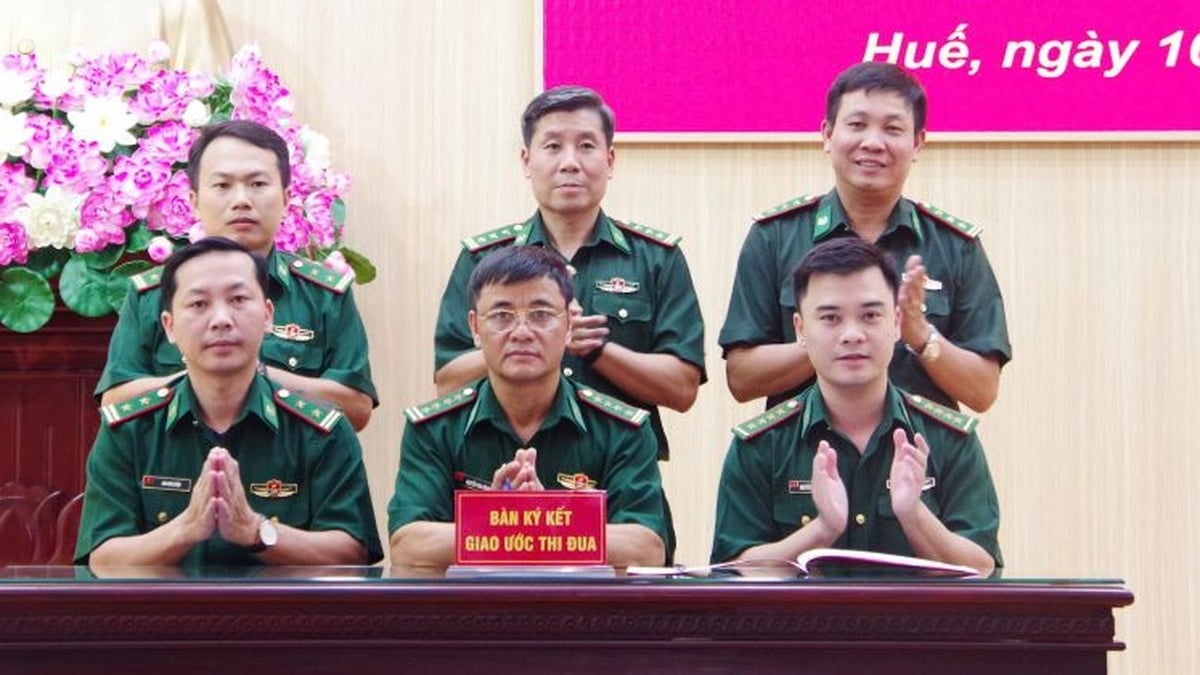




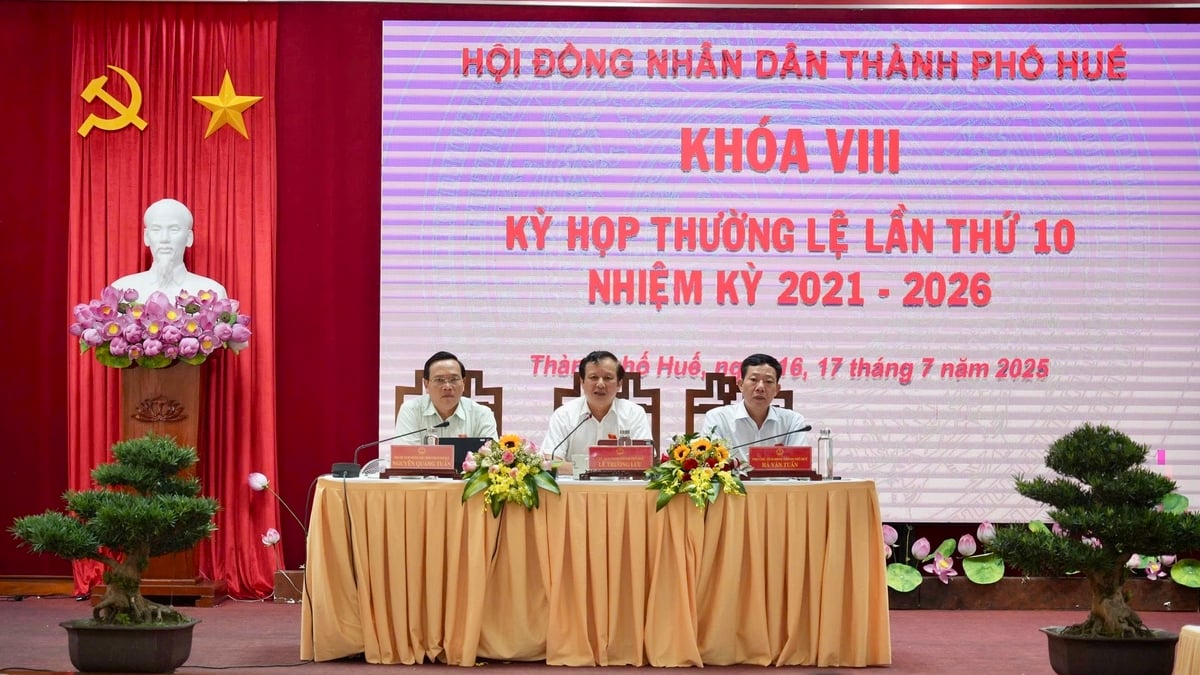
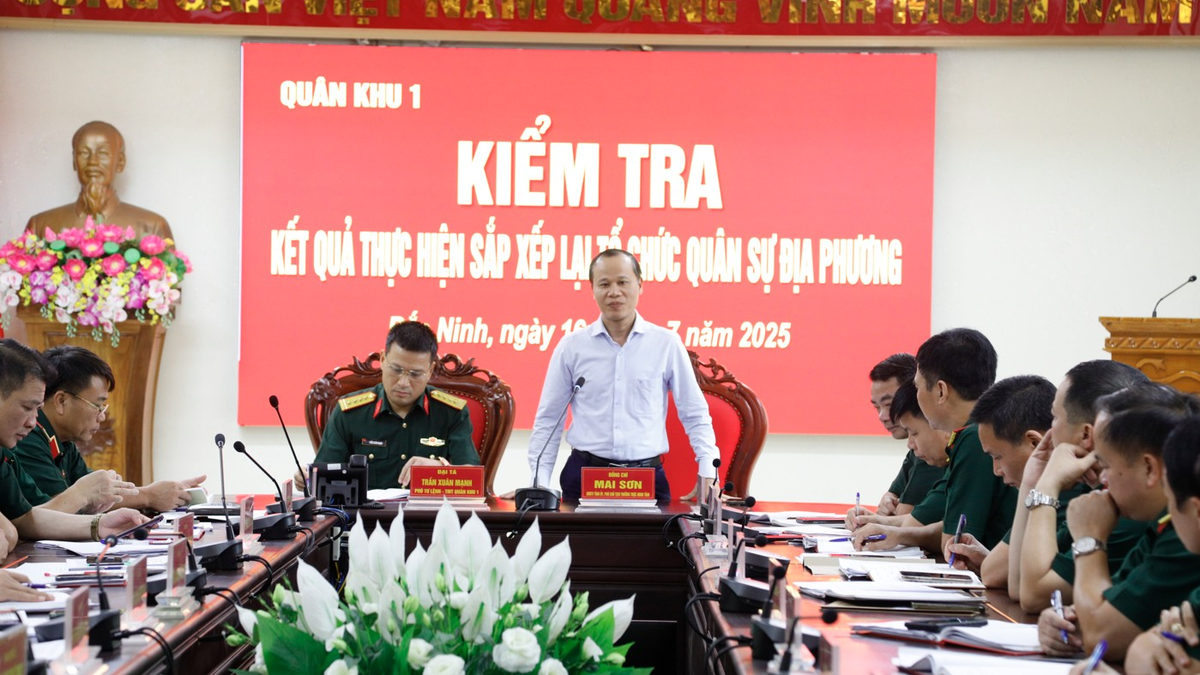
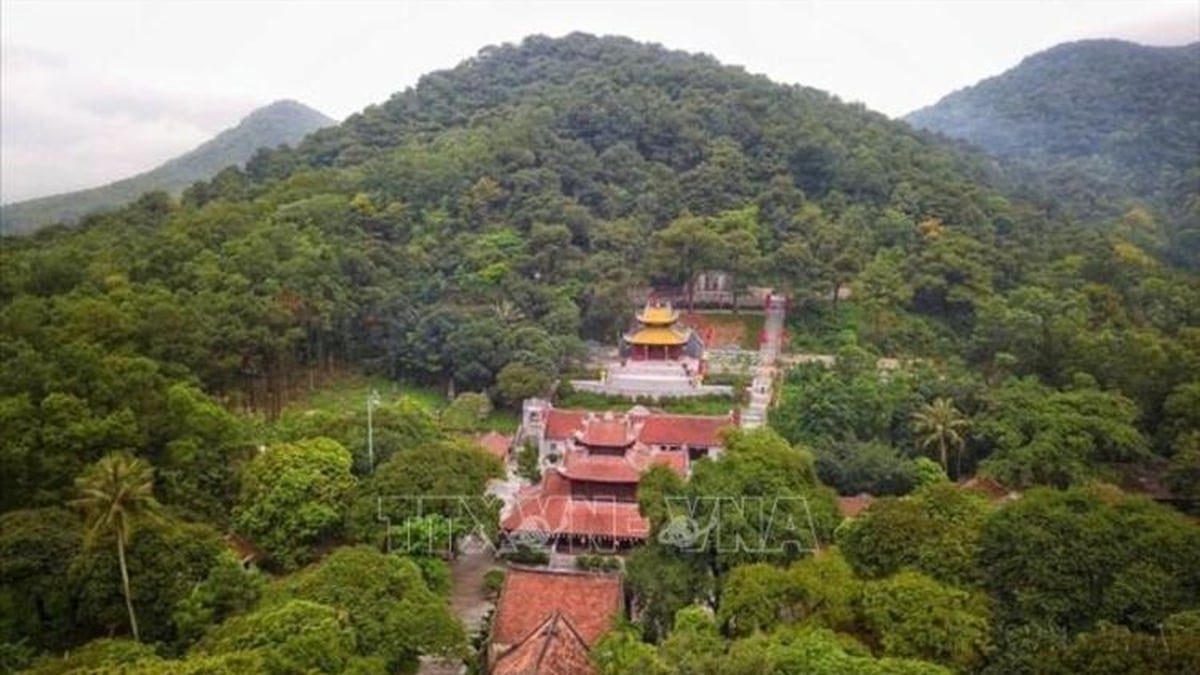








































![[Maritime News] More than 80% of global container shipping capacity is in the hands of MSC and major shipping alliances](https://vphoto.vietnam.vn/thumb/402x226/vietnam/resource/IMAGE/2025/7/16/6b4d586c984b4cbf8c5680352b9eaeb0)

















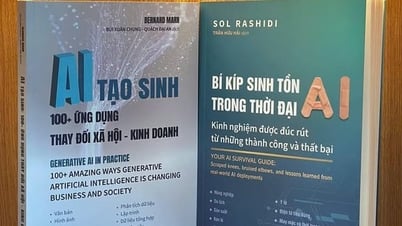

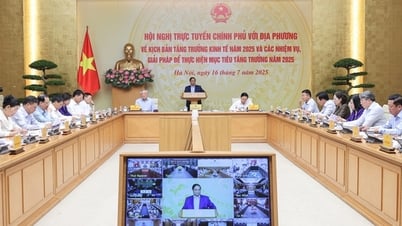
























Comment (0)